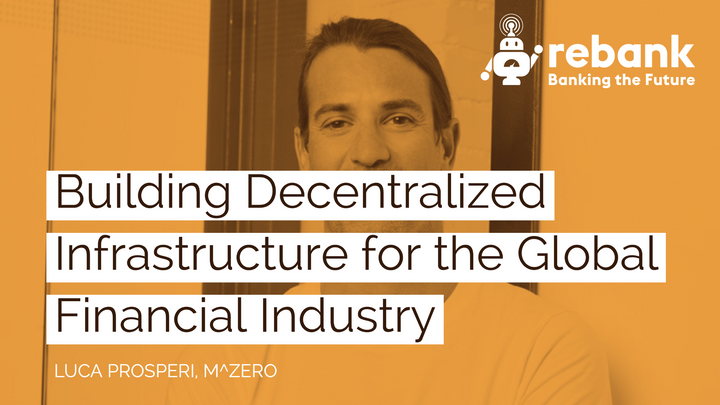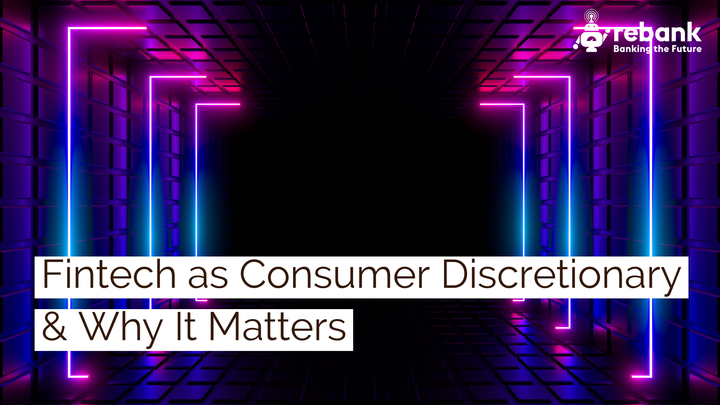4 Reasons Challenger Banks Will Succeed

The banking sector is watching with bated breath as the first wave of retail-focused digital challenger banks prepare to go live in the UK.
Atom Bank recently launched a savings product, but its full offering won’t be available until later this year. Tandem, Mondo and Starling are also scheduled to launch this year.
The stage is set for the digital challengers, but the incumbents are sure to put up a fight.
One has to believe (hope?) that deep within the headquarters of incumbent banks, responses to digital challengers’ sleek, highly automated, customer friendly offerings are in the works.
A previous post recommended that incumbents create new digital banks alongside their existing franchises and encourage customers to switch over time, in line with their digital adoption preferences. With such a strategy, incumbents could protect their customer bases from encroachment by challengers, solve legacy IT issues, and ensure their long-term relevance. If you aren’t willing to cannibalize your own market, someone else will.
For the moment, incumbent banks appear to have confidence in their traditional model, and challengers are in a great position to win a profitable, albeit limited, slice of market share.
All things to all people
One of the most productive enhancements coming out of the growing ranks of would-be challengers is the abandonment of the “all things to all people” banking philosophy. While economies of scale drive many business decisions, they don’t always lead to the best results for customers. In banking, some customers may prefer a tailored offering or more personalized service and be willing to pay more for it in some form. In a market with four main players, each with substantially the same offering, customers may be fundamentally underserved. With niche-focused challengers coming to market, customers will have more choice, and society will be better off.
Data/advertising as a revenue source
In the Facebook era, where data and advertising have replaced fees and charges in many retail markets, should the banking business model be revisited?
Society rightly fears Big Brother, but as long as data is properly collected and secured, its intelligent use can greatly improve customer well-being. Not only can customers receive tailored products and services and price savings, but the cost of banking can be subsidized by third parties in exchange for targeted product distribution in partnership with banks.
Saying it’s just an app misses the point
“It’s just an app!” is a common refrain among critics of digital-only or mobile-only challenger banks, but that misses the point. Yes, the app is a mere delivery channel, and yes, anyone can build an app. Supporting the user experience of a great banking app, however, is the great technology that sits behind it. The same great technology that enables the app now will eventually power API banking, app-less banking, or any other desired delivery channel. It’s the back-end that makes good challengers special, not the front-end.
Will customers switch?
The greatest risk facing challengers is an inability to achieve large-scale customer acquisition quickly in an industry known for low rates of switching.
The arrival of a handful of challenger banks offering propositions meaningfully different from those of incumbent banks will drive a portion of otherwise apathetic customers to reconsider their banking providers. One of the main reasons cited for low switching rates in banking is a perceived lack of differentiation between providers, which will change as more challenger banks go live.
Buoyed by the media’s love for stories about fintech, disruption and incumbent bank woes, challenger banks will receive an increasing amount of press (read: free PR). As a result, the broader population will become increasingly familiar with challenger banks and more willing to consider them as alternatives to incumbents.
New figures out from the Current Account Switching Service show an uptick in switching in March to an all-time high. Time will tell whether this trend continues, but if it does, it suggests market forces may be converging in support of challenger banks.


